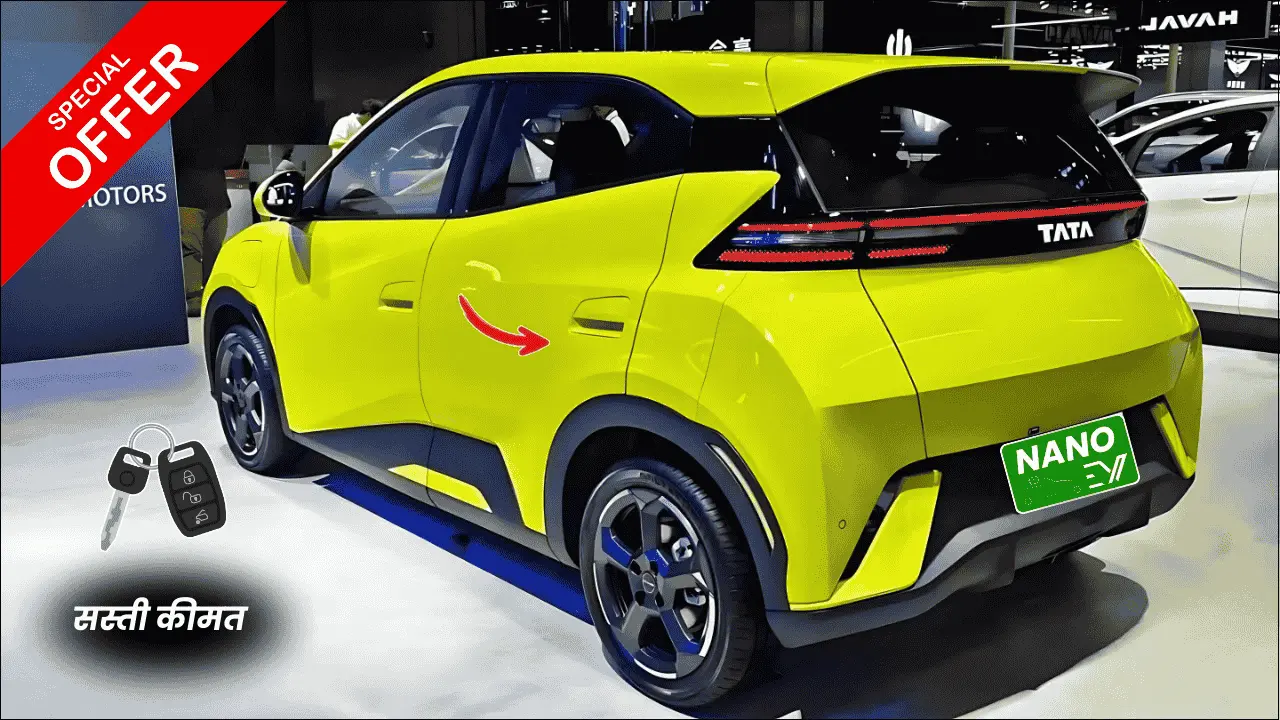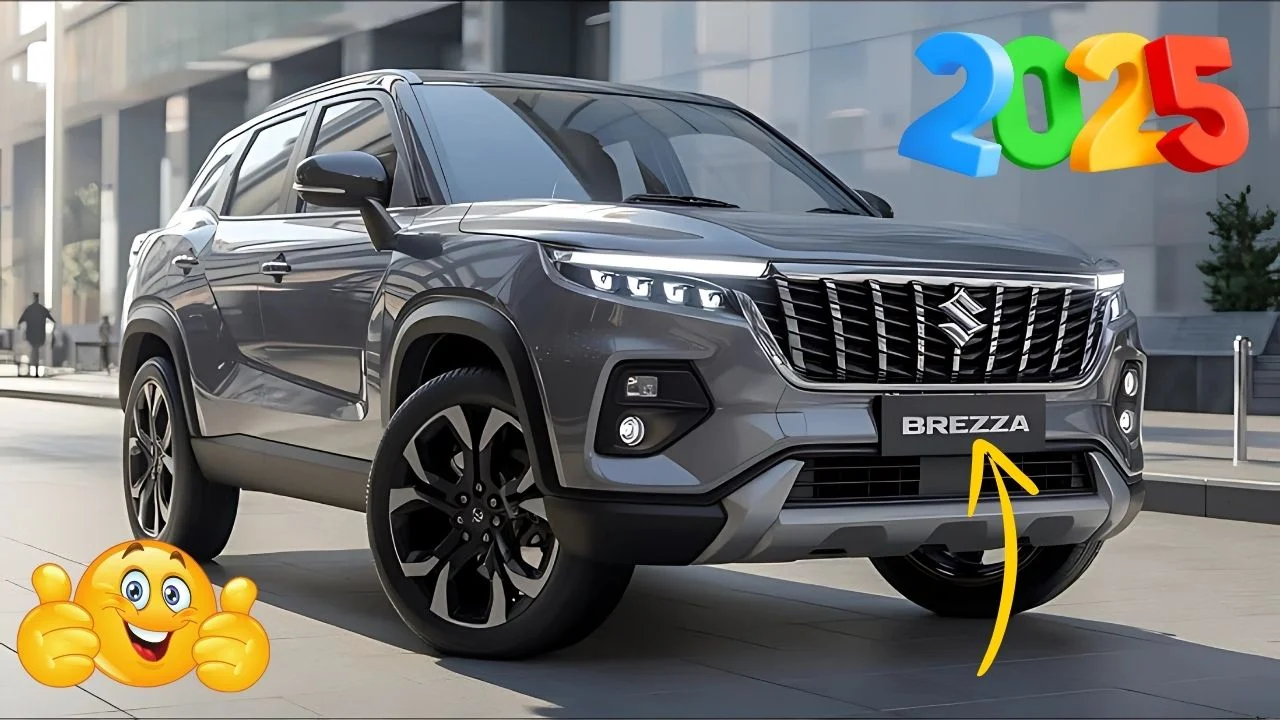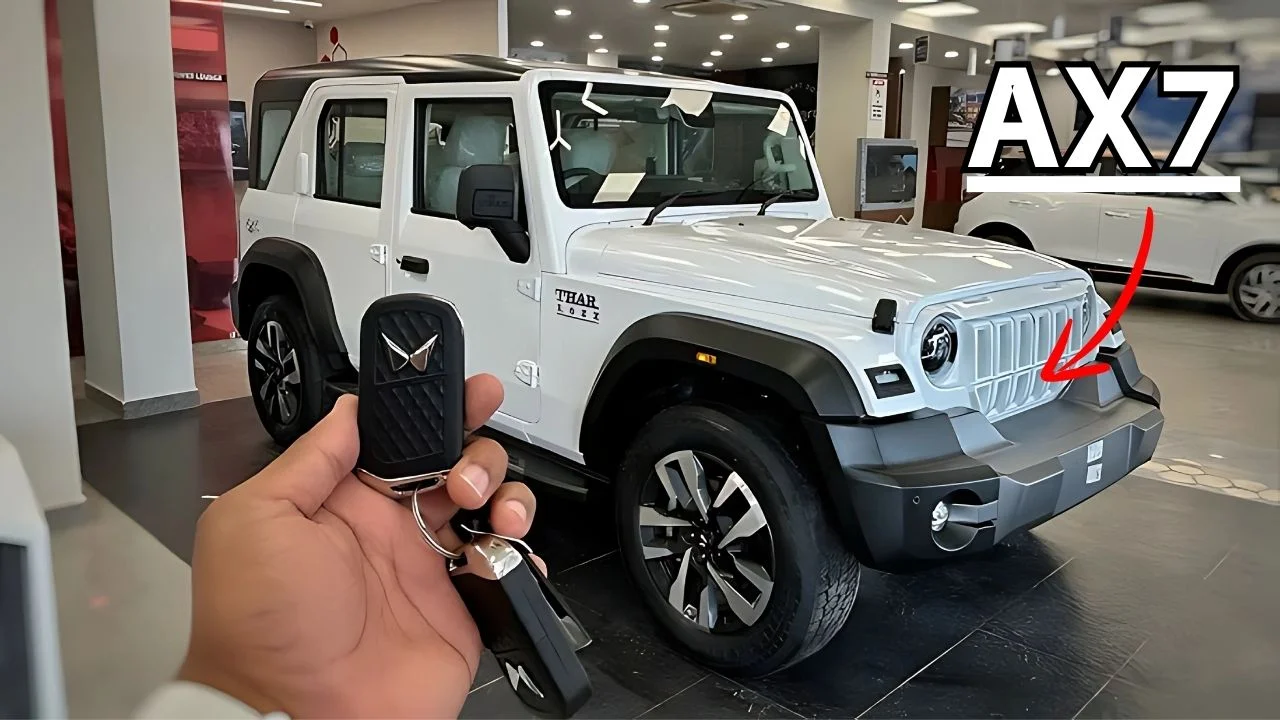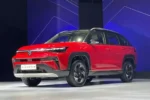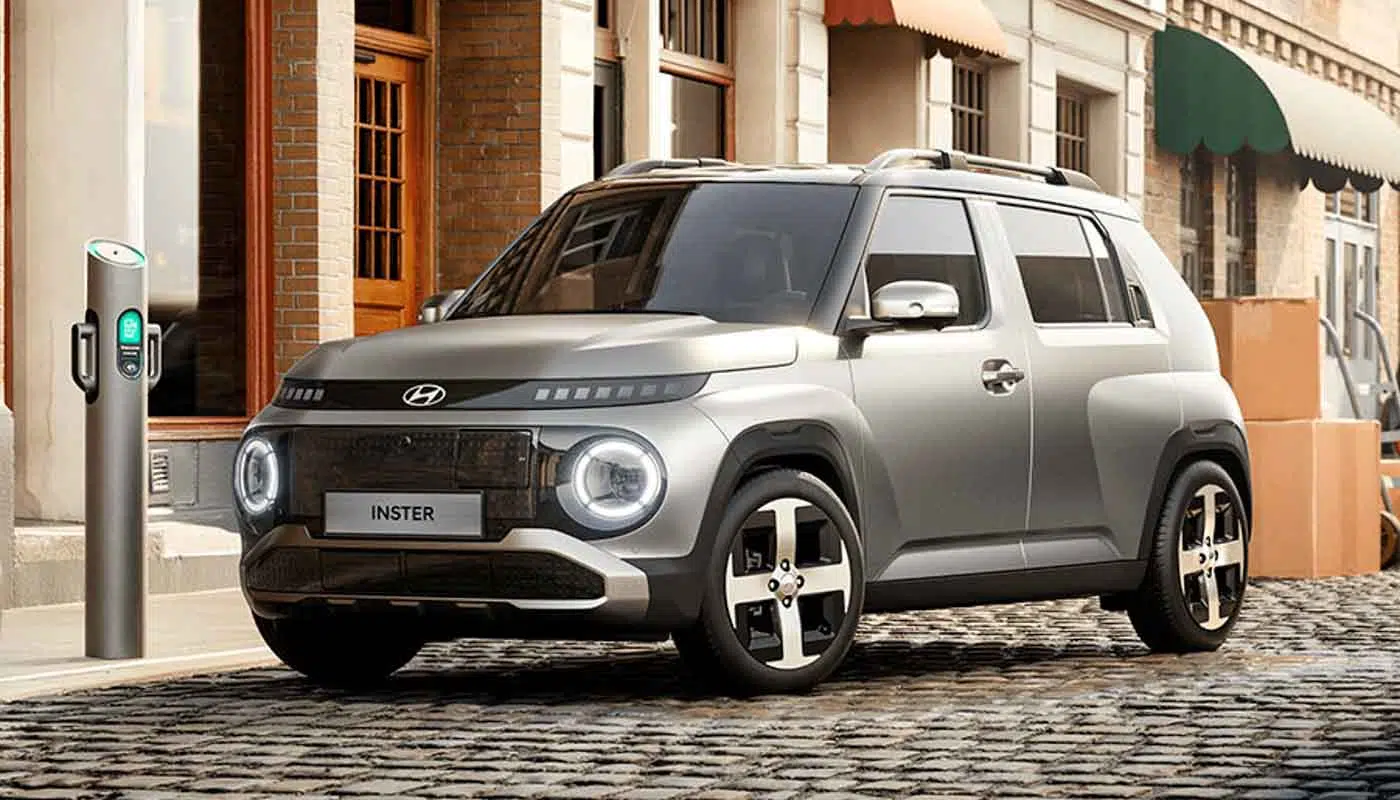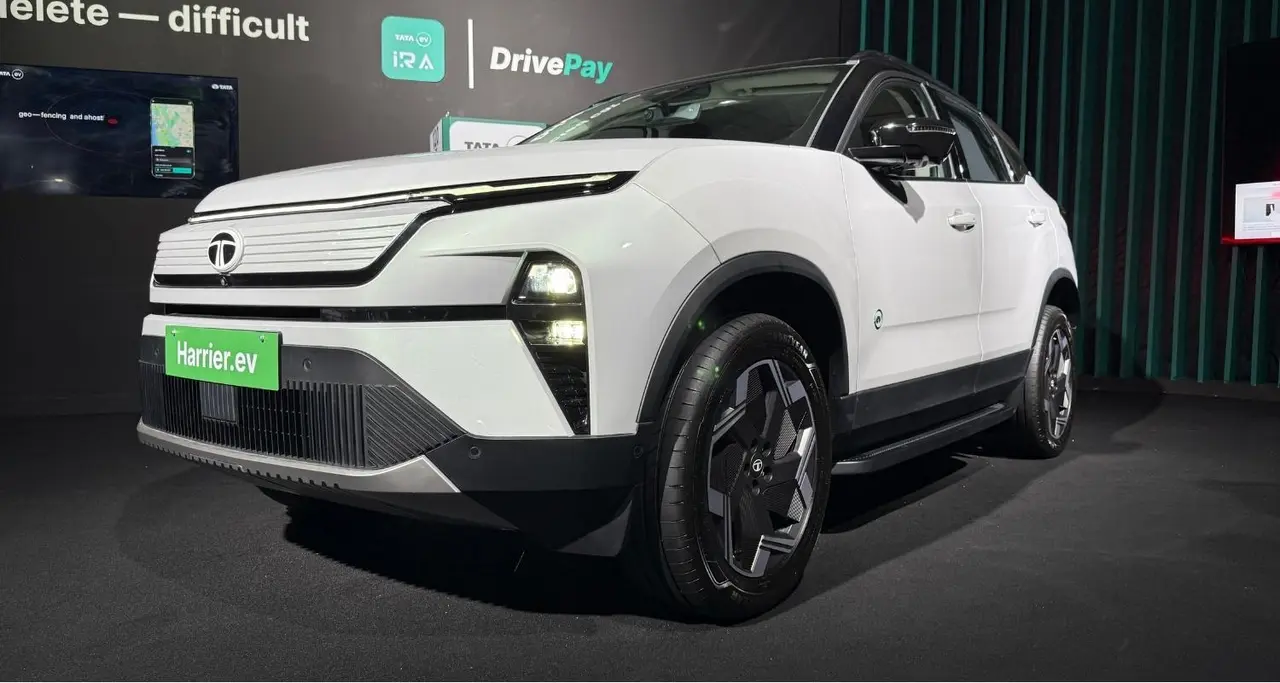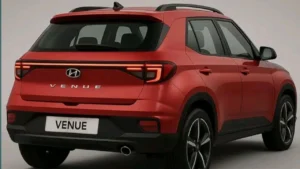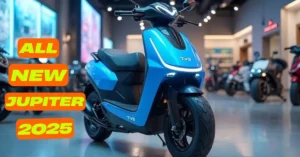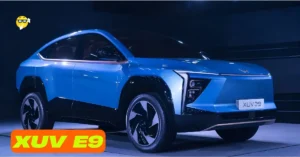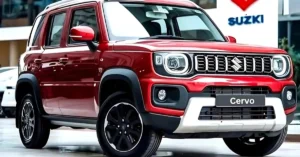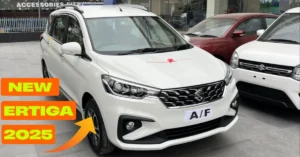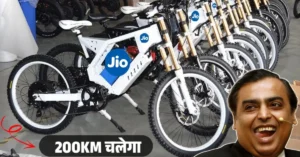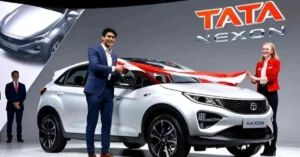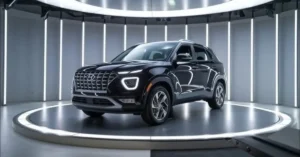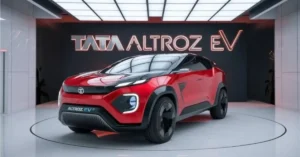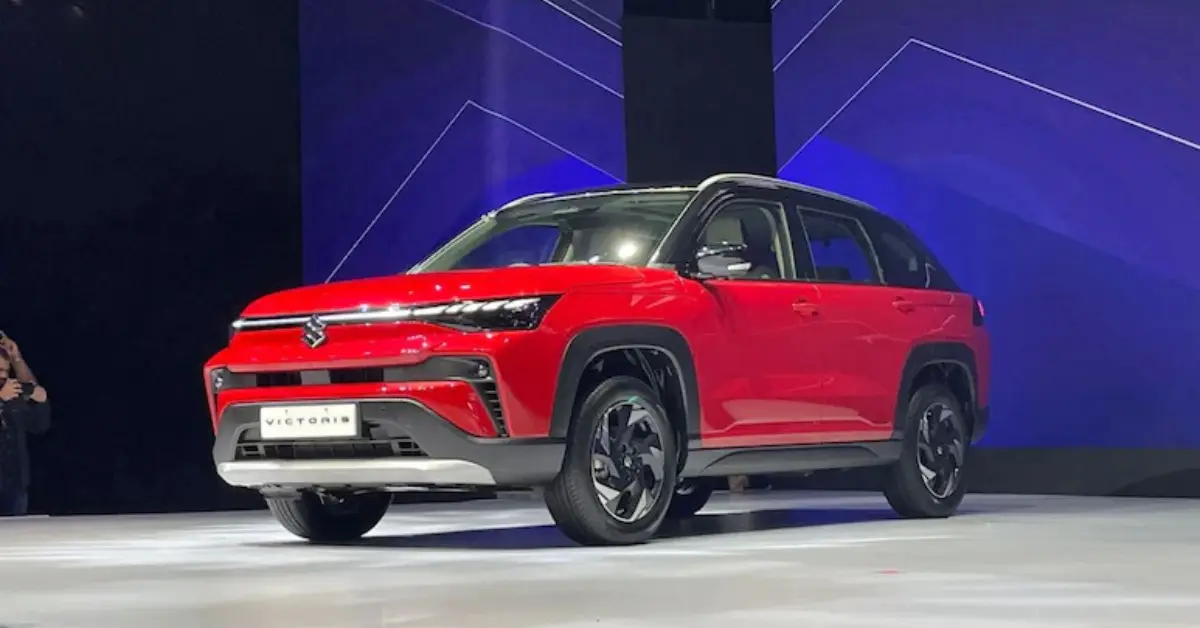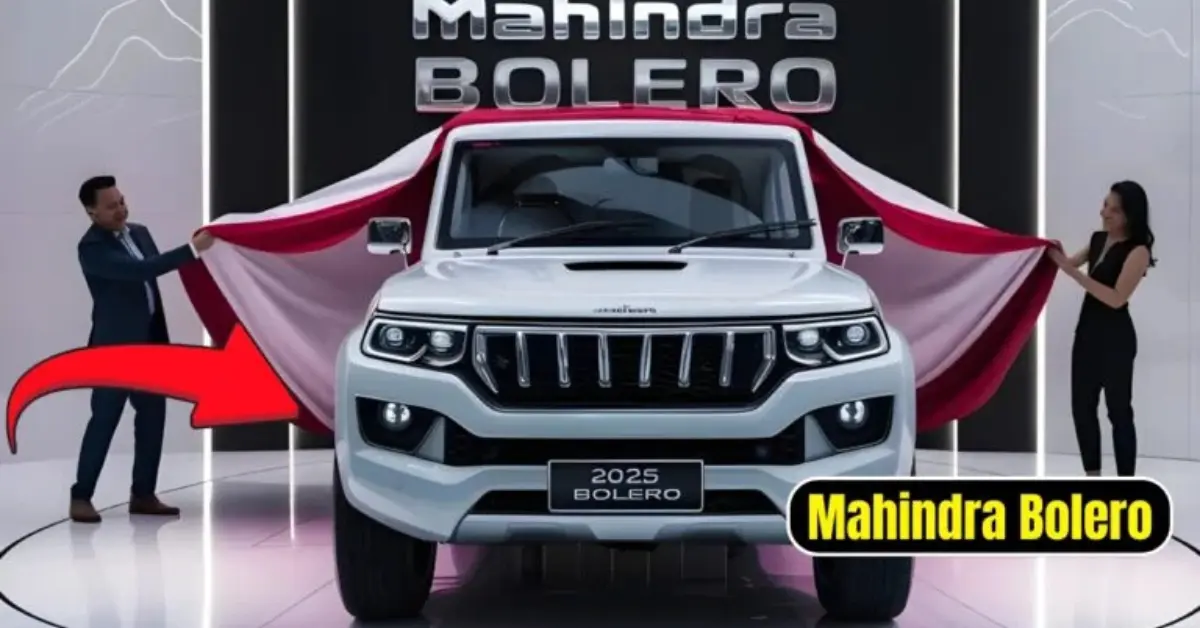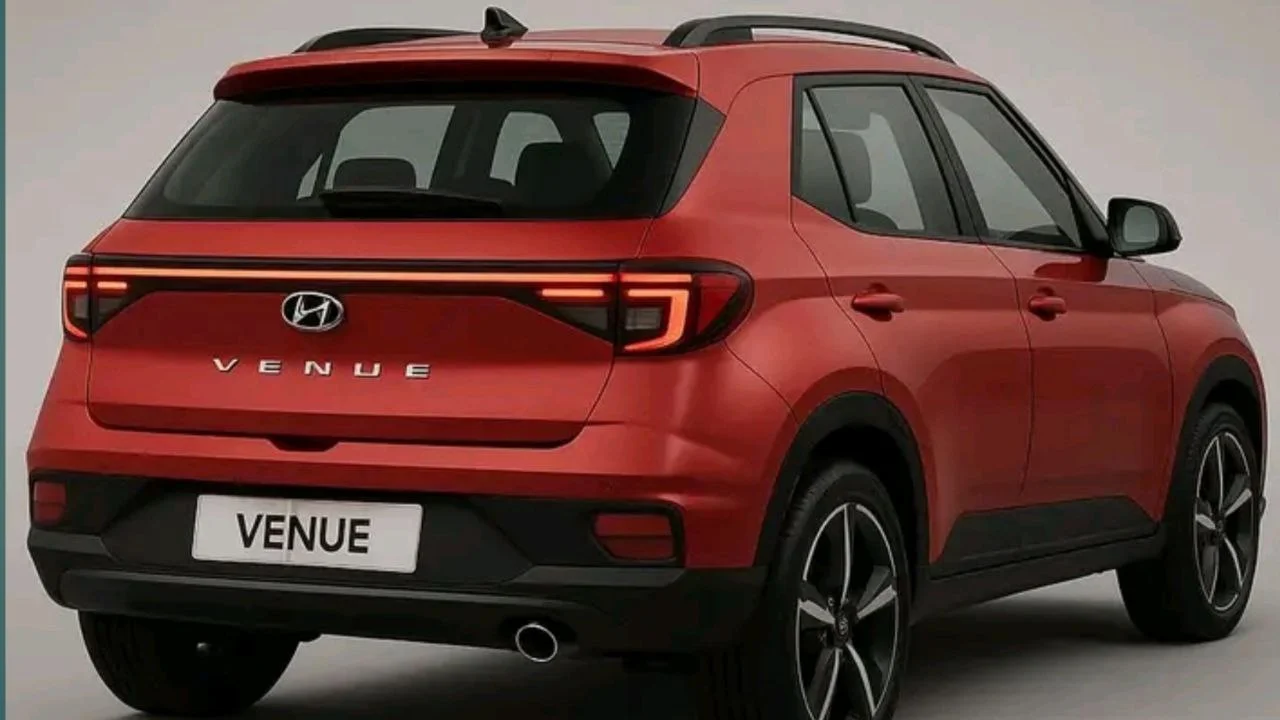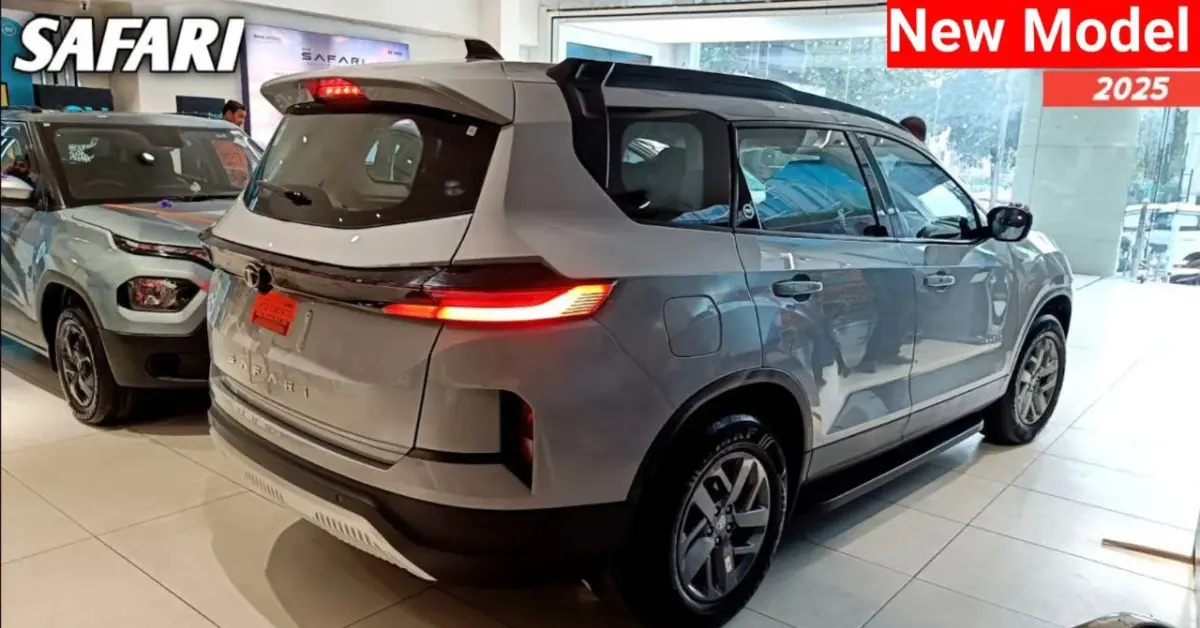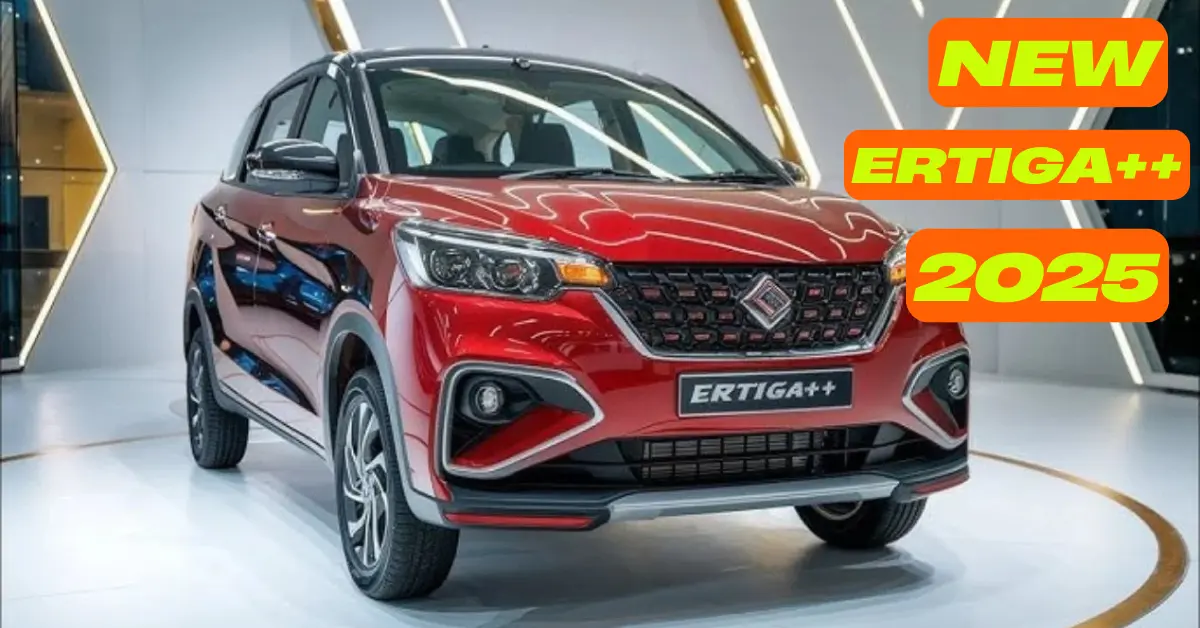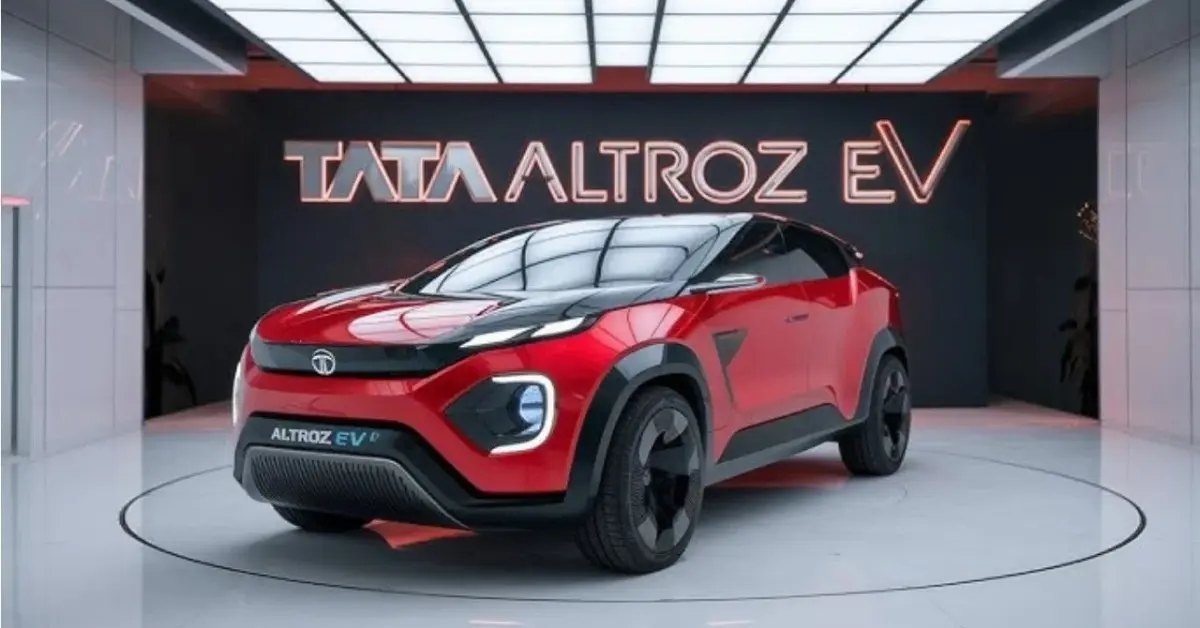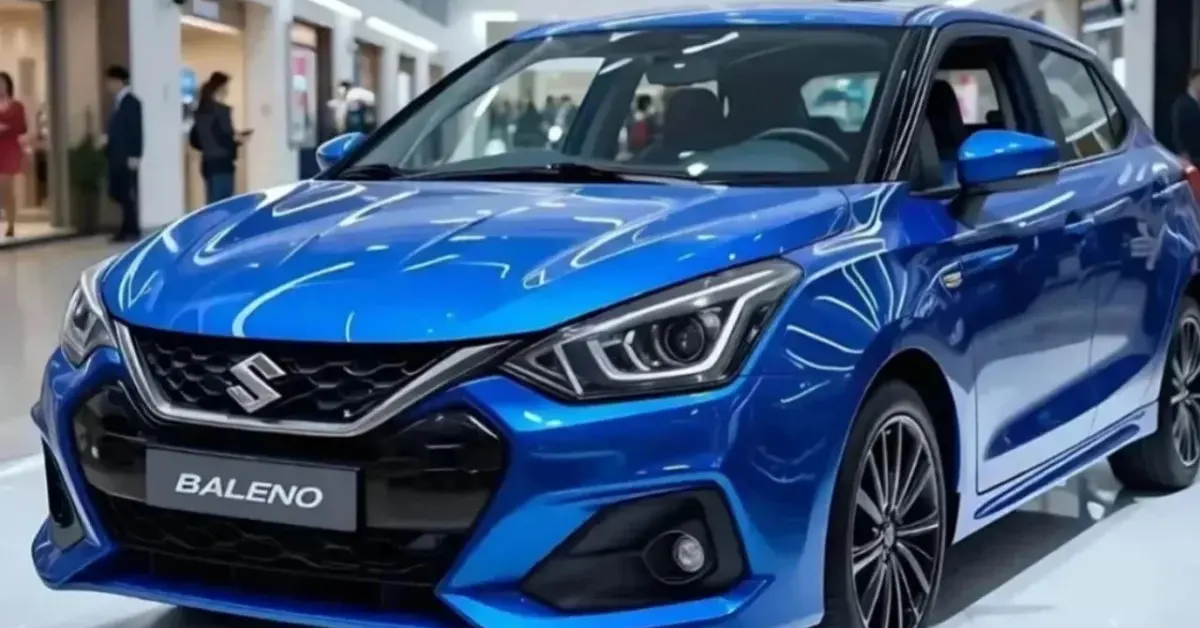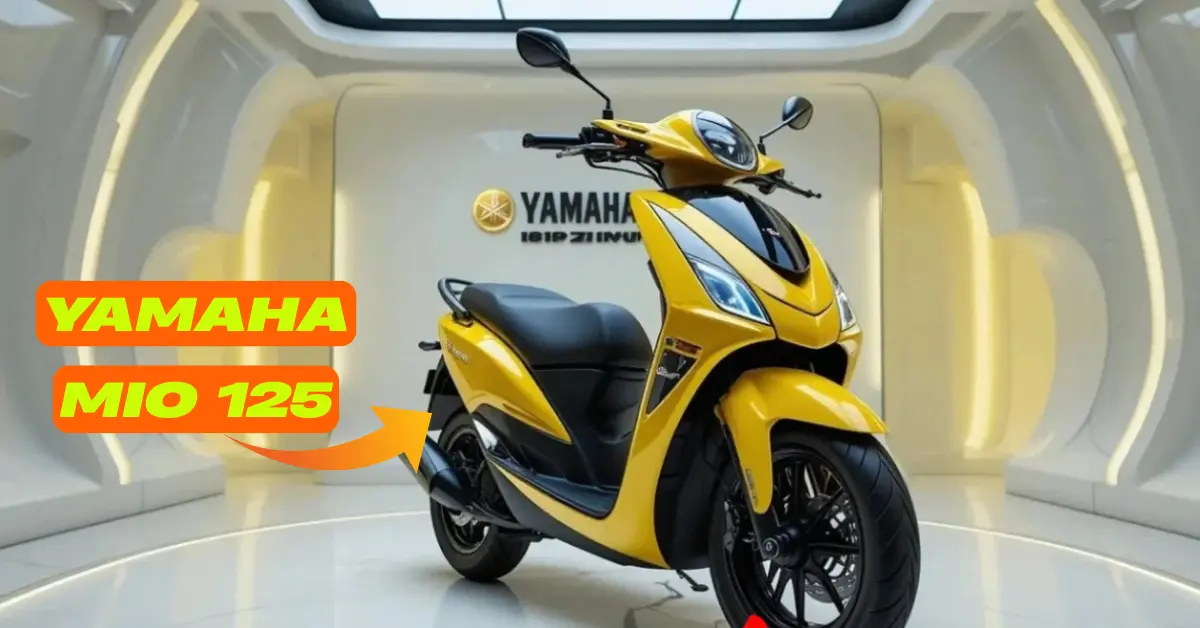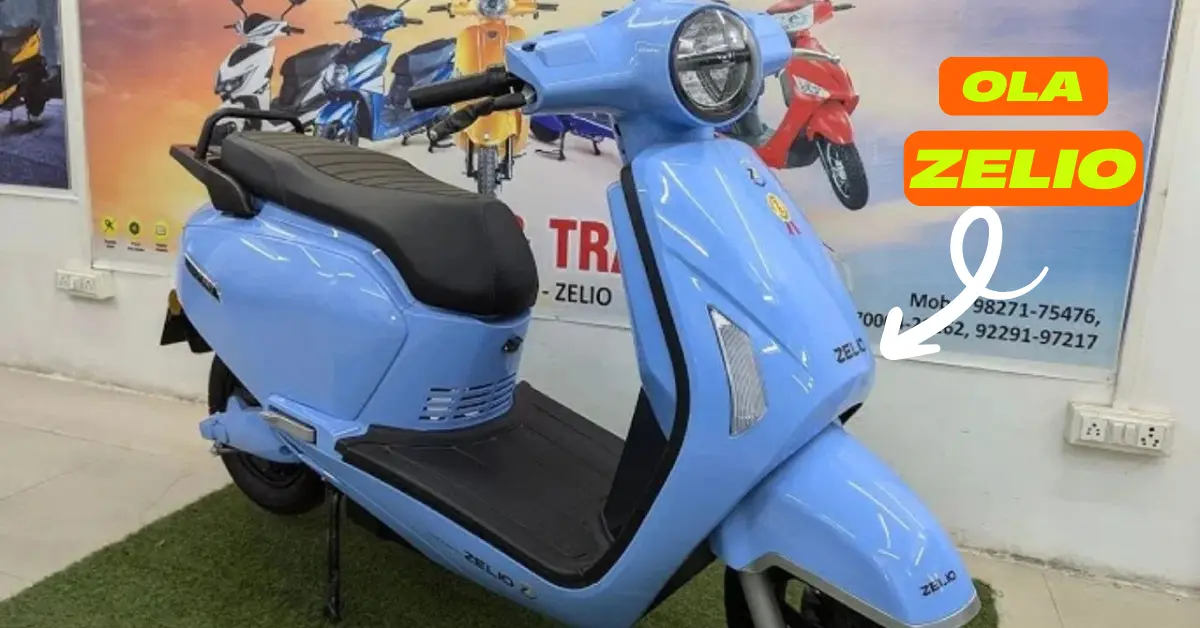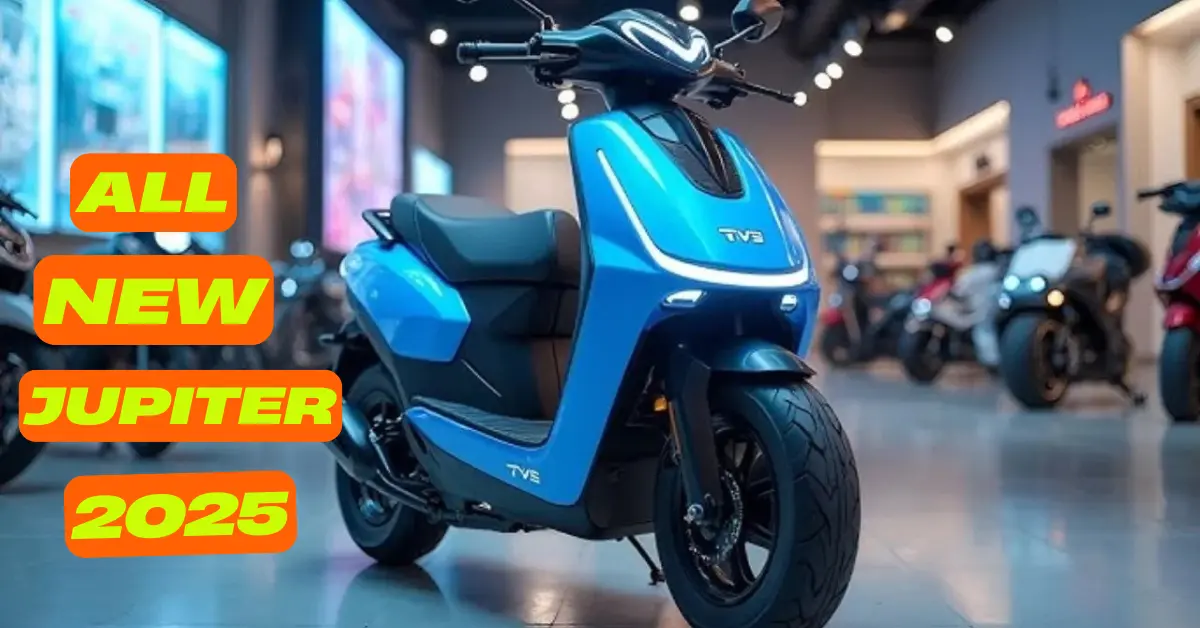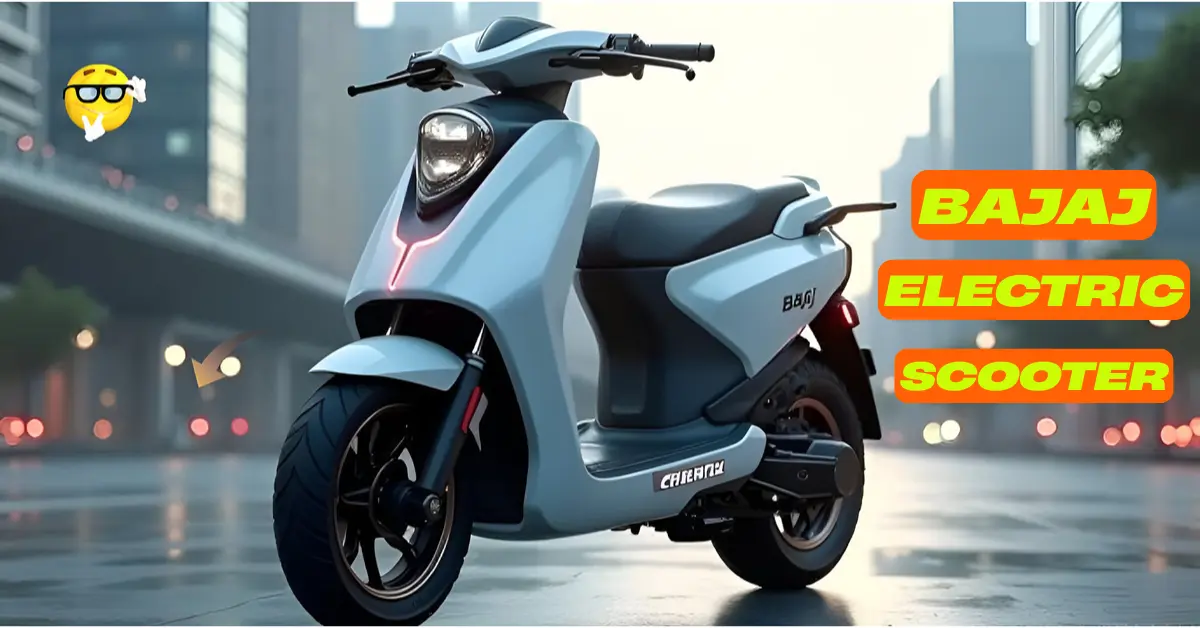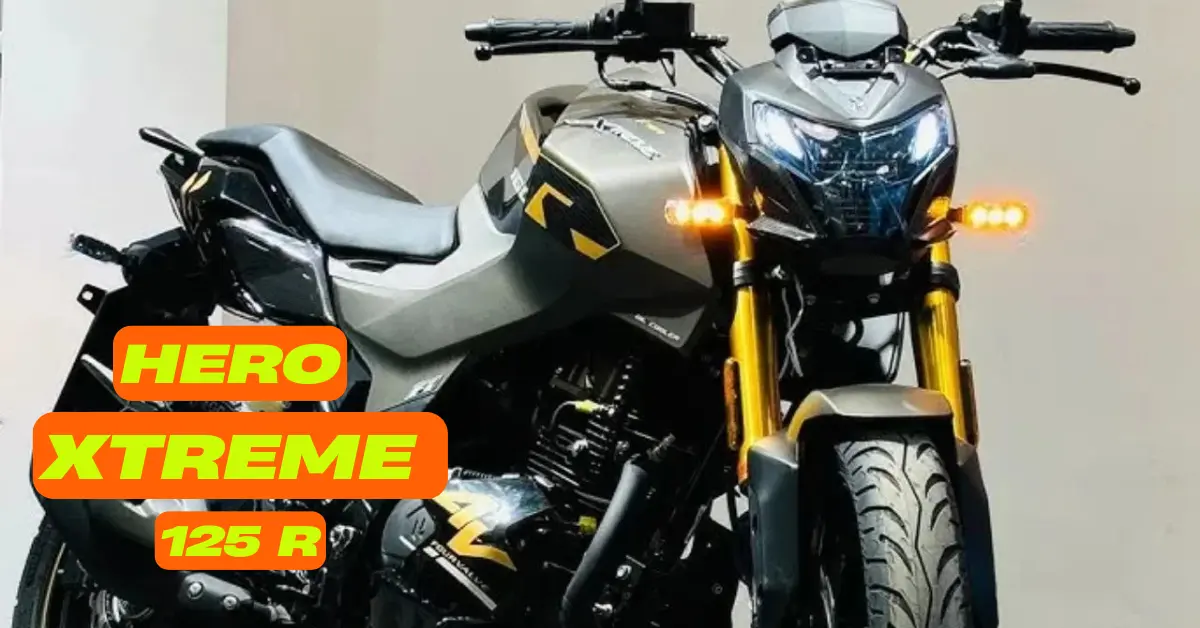Tata Nano EV: The iconic Tata Nano is back, reimagined as an all-electric vehicle, ready to transform India’s affordable car segment. Priced starting at just ₹2.30 lakh, the Nano EV promises an impressive 400KM range, making it a game-changer for budget-conscious buyers. With advanced features, modern design, and government incentives, this electric revival is set to redefine urban mobility.
Revolutionary Pricing and Battery Options
Tata Motors has positioned the Nano EV as India’s most affordable electric car, with prices ranging from ₹2.30 lakh to ₹5 lakh for the top variant. Early buyers can secure their unit with a ₹11,000 booking amount. The Nano EV offers two battery configurations—a 17kWh pack for city commuters (250-300KM range) and a 24kWh option for longer trips (350-400KM range).
| Battery Variant | Capacity | Range | Charging Time (DC Fast) |
|---|---|---|---|
| Standard | 17kWh | 250-300KM | 45-50 minutes |
| Extended | 24kWh | 350-400KM | 55-60 minutes |
Performance and Smart Features
The Nano EV delivers 40-55kW power and 100-140Nm torque, ensuring smooth acceleration for city driving. A 7-10-inch touchscreen infotainment system with smartphone connectivity and Tata’s ZConnect app enhances the tech experience. Safety features include dual airbags, ABS with EBD, and rear parking sensors, making it a secure choice for families.
Market Impact and Government Benefits
Competing with petrol hatchbacks like the Maruti Alto, the Nano EV stands out with lower running costs and zero emissions. Government subsidies can further reduce the price by ₹50,000–₹1.5 lakh. With deliveries starting in Q2 2025, Tata aims to accelerate India’s shift to electric mobility.
Tata Nano EV Returns with Price Starting at ₹2.30 Lakh and 400KM Range
The iconic Tata Nano EV is making a remarkable comeback in an all-electric avatar, promising to revolutionize India’s affordable car segment once again. The Tata Nano EV represents a complete transformation from the original concept, offering advanced features, impressive range, and modern design at an unbeatable price point.
This electric revival addresses the shortcomings of the original Nano while embracing the future of sustainable mobility. With starting prices from ₹2.30 lakh, the Nano EV aims to democratize electric vehicle ownership in India. The timing couldn’t be better, as government incentives and rising fuel costs make electric vehicles increasingly attractive to budget-conscious buyers seeking reliable urban transportation.
Revolutionary Pricing Strategy
Tata Motors has positioned the Tata Nano EV as India’s most affordable electric car, with prices starting at an incredibly competitive ₹2.30 lakh for the base variant. This aggressive pricing strategy aims to capture market share and accelerate EV adoption among first-time car buyers.
The top-end variant is expected to cost around ₹5 lakh, still significantly undercutting competitors in the electric vehicle space.
Early bird customers can book the vehicle for just ₹11,000, making it easier for interested buyers to secure their units. This low booking amount reflects Tata’s commitment to accessibility and affordability. The pricing includes various government subsidies and incentives, making the effective cost even lower for buyers in states offering additional EV benefits.
Dual Battery Configuration Options
The Tata Nano EV comes with two distinct battery options designed to meet different driving needs and budgets. The smaller 17kWh battery pack targets city commuters with moderate daily driving requirements, offering 250-300 kilometers of range. For users needing extended range, the larger 24kWh battery provides up to 400 kilometers on a single charge, making the Tata Nano EV suitable for both urban commuting and occasional longer journeys.
Battery Specifications Comparison
The standard 17kWh variant offers 250–300 km range, with DC fast charging taking 45-50 minutes and AC charging requiring 5-6 hours. The extended 24kWh variant delivers 350-400 km range, with DC fast charging in 55-60 minutes and AC charging in 6-8 hours. Battery technology includes advanced lithium-ion cells with thermal management systems ensuring optimal performance across different weather conditions.
Advanced Charging Infrastructure Support
The Tata Nano EV supports both AC and DC charging options, providing flexibility for different charging scenarios. DC fast charging allows the battery to reach 80% capacity in just 60 minutes, while home charging using standard AC power takes 6-8 hours for a complete charge. Public charging compatibility ensures users can top up at shopping malls, office complexes, and dedicated charging stations.
Performance and Driving Dynamics
The electric powertrain delivers 40-55kW of power output, providing smooth and silent acceleration perfect for urban environments. Torque output ranges from 100-140Nm, ensuring responsive performance from standstill. Top speed reaches 150 km/h, making the Nano EV highway-capable for occasional long-distance travel. Acceleration from 0-60 km/h takes 6-9 seconds depending on the variant, offering adequate performance for city driving.
Modern Interior Design and Features
The cabin design represents a complete departure from the original Nano’s basic interior. High-quality fabric seats provide comfort during longer journeys while maintaining affordability. A fully digital instrument cluster displays essential information including battery level, range, speed, and navigation details. The multifunction steering wheel includes controls for audio, phone, and cruise control functions.
Smart Technology Integration
The Tata Nano EV features a 7-10 inch touchscreen infotainment system supporting smartphone connectivity and navigation functions. Tata’s ZConnect app enables remote vehicle monitoring and control features, allowing users to check battery levels, lock/unlock doors, and pre-condition the cabin remotely. Over-the-air update capability ensures the vehicle’s software remains current with new features and improvements.
Comprehensive Safety Equipment
Safety features include dual airbags as standard across all variants, ensuring occupant protection in frontal collision scenarios. Anti-lock Braking System (ABS) with Electronic Brakeforce Distribution (EBD) provides enhanced braking control and stability. ISOFIX child seat mounting points ensure secure installation of certified child restraint systems, making the Nano EV family-friendly. Rear parking sensors assist with maneuvering in tight urban spaces.
Contemporary Exterior Styling
The new design language transforms the Nano from basic transportation to an attractive urban vehicle. LED headlamps and daytime running lights provide a modern lighting signature. Stylish alloy wheels enhance the premium appearance while potentially improving efficiency through reduced weight and better aerodynamics. The overall silhouette balances compact dimensions with modern proportions.
Market Positioning and Competition
The Tata Nano EV competes directly with entry-level hatchbacks like the Maruti Alto and Renault Kwid while offering electric vehicle benefits. Against other electric vehicles, the Nano EV undercuts competitors by ₹2-4 lakh while offering comparable range and features. The vehicle appeals to environmentally conscious buyers seeking to reduce their carbon footprint without paying premium prices.
Government Incentives and Total Cost of Ownership
Various state and central government subsidies can reduce the effective purchase price by ₹50,000-₹1.5 lakh depending on location. Lower running costs compared to petrol vehicles make the total cost of ownership attractive over 3-5 years. Reduced maintenance requirements for electric vehicles eliminate oil changes and many engine-related services, further reducing ownership costs.
Booking Process and Availability
Bookings have commenced with a refundable deposit of ₹11,000, making it easy for interested customers to secure their preferred variant and color. Early booking customers may receive additional benefits including extended warranties, free charging credits, or accessories packages. Delivery timelines depend on variant selection and location, with urban markets likely receiving priority.
Future Prospects and Market Impact
The Tata Nano EV success could accelerate India’s transition to electric mobility by proving that affordable electric vehicles can meet mass-market needs effectively. Tata Motors’ manufacturing scale and dealer network provide advantages in achieving the aggressive pricing while maintaining quality standards. Success in the domestic market could position the Nano EV for export to other developing markets.
FAQs – Tata Nano EV
Q: What is the expected delivery timeline for the Tata Nano EV?
A: Deliveries are expected to begin in Q2 2025, with initial availability in major cities. Rural markets may receive the vehicle 2-3 months later depending on charging infrastructure development.
Q: Are government subsidies included in the announced pricing?
A: The starting price of ₹2.30 lakh is the expected on-road price after factoring in available central and state government subsidies. Actual benefits may vary by location.
Q: Can the Nano EV handle highway driving safely?
A: Yes, with a top speed of 150 km/h and adequate power output, the Nano EV is capable of highway driving. However, it’s primarily designed and optimized for urban and semi-urban usage.
Q: What warranty coverage does Tata provide for the Nano EV?
A: Tata typically offers 3-year/1.25 lakh km warranty for the vehicle and 8-year/1.6 lakh km warranty for the battery pack, though final terms will be announced at launch
Q: When will the Nano EV be available?
A: Deliveries begin in Q2 2025, starting with major cities.
Q: Is the ₹2.30 lakh price after subsidies?
A: Yes, it includes central and state government incentives.
Q: Is the Nano EV suitable for highways?
A: Yes, with a 150 km/h top speed, it handles highways comfortably.
Final Verdict – Tata Nano EV
The Tata Nano EV is a bold step towards affordable electric mobility in India. With competitive pricing, impressive range, and modern features, it’s set to attract first-time car buyers and eco-conscious drivers alike. This revival could mark the beginning of a new era in sustainable transportation.

